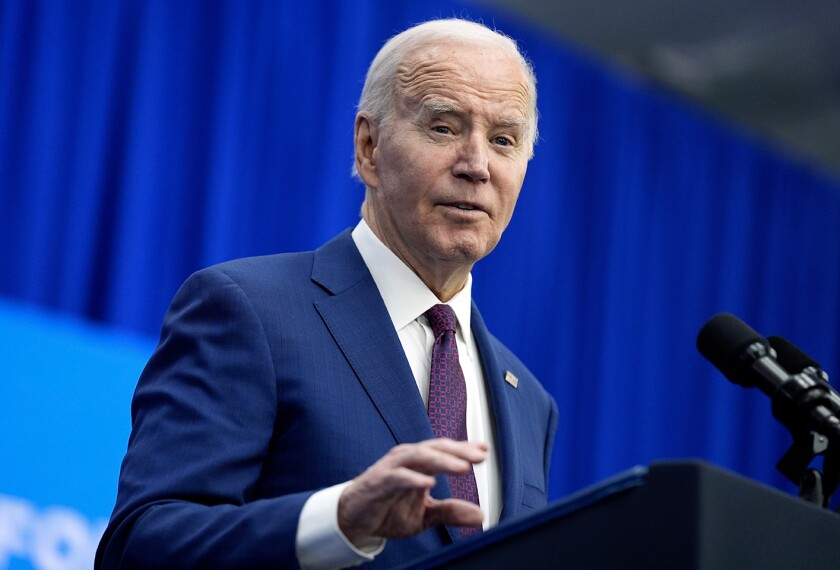Summer travelers are not the only ones feeling the pinch of rising fuel prices.
Though school districts tend to pay less than what is charged at the pump, which is now about $1.90 per gallon for gasoline and $1.75 for diesel fuel, their bills are heading upward, too. As a result, some districts are reducing transportation services, charging new fees, or finding other ways to cope.
And the same factors that determine what parents pay for gas on the family vacation also affect schools.
“Gasoline and diesel prices are higher due to higher crude-oil prices and higher gasoline demands,” said Jacob Bournazian, an economist at the Energy Information Administration in Washington. “Since we are in the heat of the driving season, consumption has been higher, and it is adding to the retail prices.”
Every year, some 440,000 public school buses travel 4.3 billion miles to transport 23.5 million students to and from school and school-related activities, according to the National School Transportation Association.
The increasing cost of fuel is a critical issue because it ultimately could affect the safety of schoolchildren, said Mike Martin, the executive director of the Albany, N.Y.-based National Association of Pupil Transportation.
Research has shown that school buses are the safest way for children to get to school, Mr. Martin said. So if those services needed to be cut or limited, he said, children might be in bigger danger when walking or commuting to school.
“Districts have been struggling with the issue because in some areas, the fuel cost is in the $2 range,” Mr. Martin said. “And that has a pretty big effect when using 20 to 30 gallons a day [per bus].”
Mr. Martin said that some school districts will buy their fuel in futures markets with a fixed price for the whole school year. But others who buy their fuel on a month-to-month basis will be the ones most adversely affected as fuel costs fluctuate above the levels in their budgets.
While district officials can’t predict fuel prices, they are assuming that the prices will continue to rise this fall.
Paying to Ride
The Montgomery County, Md., schools have been facing the challenge of finding enough money to cope with the higher fuel costs. “Every penny has a $30,000 [per year] impact,” John Matthews, the district’s transportation director, said of rising fuel costs.
He said the district is trying to project the cost of fuel as it plans its fiscal 2006 budget. “It is a pretty challenging job,” he said.
The 140,000-student suburban district, which operates 1,232 buses, is trying to cut unnecessary idling by school buses. “This is not going to have a tremendous effect, but it will decrease the pollution, and we will see some minor fuel saving,” Mr. Matthews said.
The Plumas Unified School District in Quincy, Calif., is taking more serious measures to deal with the recent upward spike in its fuel bills. The 2,700-student district, which operates 12 buses, has stopped paying for bus rides home from after-school activities. Students now must hold fund-raisers to pay for transportation for some sports and field trips.
The district budgeted $47,885 for the costs of diesel for the 2003-04 school year, while the costs are projected to reach $95,000, for the 2004-05 school year.
California is seeing some of the highest fuel prices in the country, at around $2.16 per gallon for gasoline and $1.89 for diesel. The Northern California district’s geography adds to the challenge. “In a rural community like ours, there are students that travel 20 to 30 miles to get to school,” said Cathy Lundegard, the business director for the district. “And the school bus is their only way to get to school.”
One of the solutions that the district came up with is charging families for transportation to and from school. “We will charge every student with 25 cents for a trip,” Ms. Lundegard said, “which will come up to $10 a month.”




